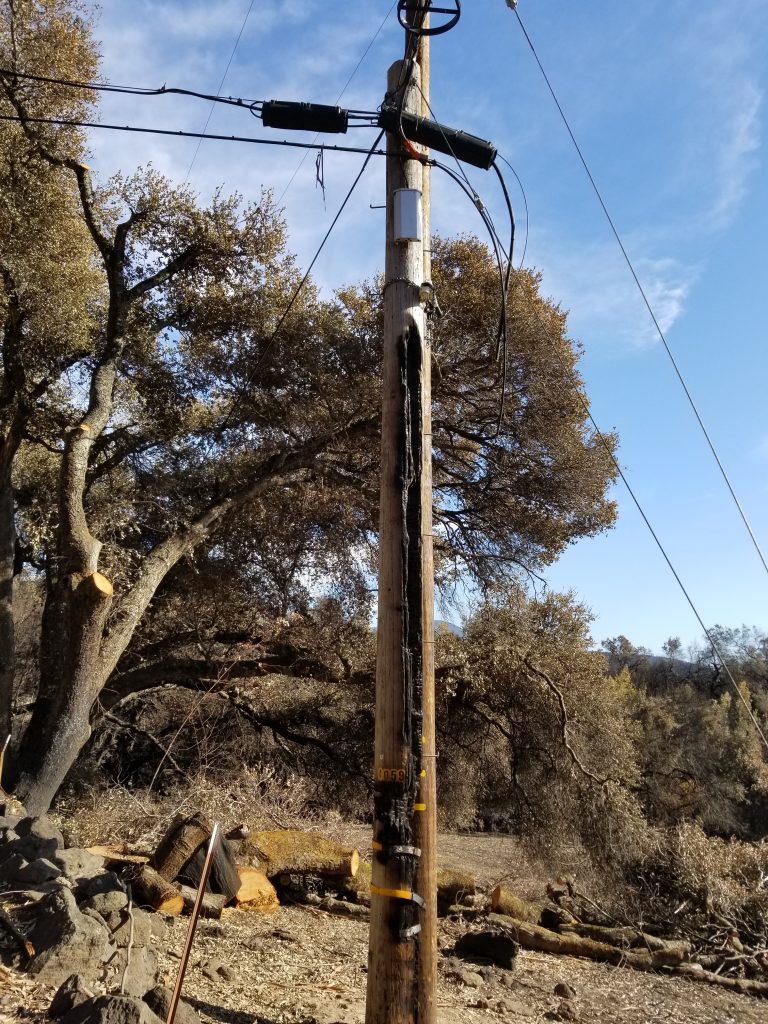Have you ever been isolated and completely unable to get a safety message to someone at a distance?
Imagine this scenario: A dense haze of gray smoke is drifting along the highway in front of your home, and you don’t know where your spouse is. You pick up the phone to ask that question, but it is dead. Then the lights go off. How do you find out what is going on and what needs to be done?
A set of circumstances like this is not really as unlikely as one may think. Electric power outages are becoming almost routine, not only because accidents happen, but also because the utilities can institute “protective shutoffs” almost anytime with little or no warning. You may still have a landline phone, but what killed the power may have taken out that line too. For that matter, it might also have disabled the cell towers your smartphone needs. Think it’s unlikely? Residents of Napa County, California, who were there for the fires of 2017 will assure you it’s not.
Practically any disaster, large or small, is likely to leave people isolated and cut off, because the electricity needed for all our many devices is sent to us over relatively vulnerable wires. Winds, floods, fires, vehicle collisions, landslides, earthquakes, avalanches, and even solar flares can break the circuits and leave homes literally powerless. At such times, communications can make the difference that allows survival itself. (Note the melted wires in this photo:)

Once the local grid is disabled, everything depends on alternate power sources — often batteries. If cell tower batteries become depleted, cellphone coverage will disappear. If landlines are down due to storms or accidents, telephone coverage and internet will disappear. If repeater batteries become depleted, VHF/UHF wide-area coverage will disappear. And if major electricity grids are disabled, even the high-power commercial broadcast media will disappear.
Our risk of serious incidents increases every year as residences are built further into the wilderness, with restricted road and power access and more cellphone dark areas. Population growth means more recreational use of unsettled areas, meaning more emergencies in areas unserved by cellphones or landlines.
With standard communications down, we are left with few alternatives except a return to the days of old — of pony express, or signaling with flags and lights from hilltops. If the roads are blocked, getting a message the 30 miles from Napa to Calistoga without electrical help may take hours.
Except that now, important messages can still go by radio. You may think that useful radio stations are seldom where they would be needed; certainly not near city hall or a fire station, let alone your own home, or your wilderness camp. But that does not have to be the case.
It is possible to have your own two-way communication radio that is inexpensive, always available, and completely independent of outside resources. One that is small, light-weight, very simple to use, and free of ties to any organization. These radios send a reliable voice signal 5 to 20 miles or more, depending on the obstructions in the path (major geographic features can block them). Then, using the ancient technique of the relay, messages can be passed from one radio to the next using human operators. (This was a major need in emergencies when the Amateur Radio Relay League was named, a hundred years ago, when no communications could go long distances).
Over the next few weeks these PS Radio columns will provide all the information you need to overcome any communication blackout that may befall you, and show how the device can be useful in everyday activities as well. There are about 500 Napa County residents already in a position to enhance their security this way. For your own sake and that of your loved ones, you should consider being like them.